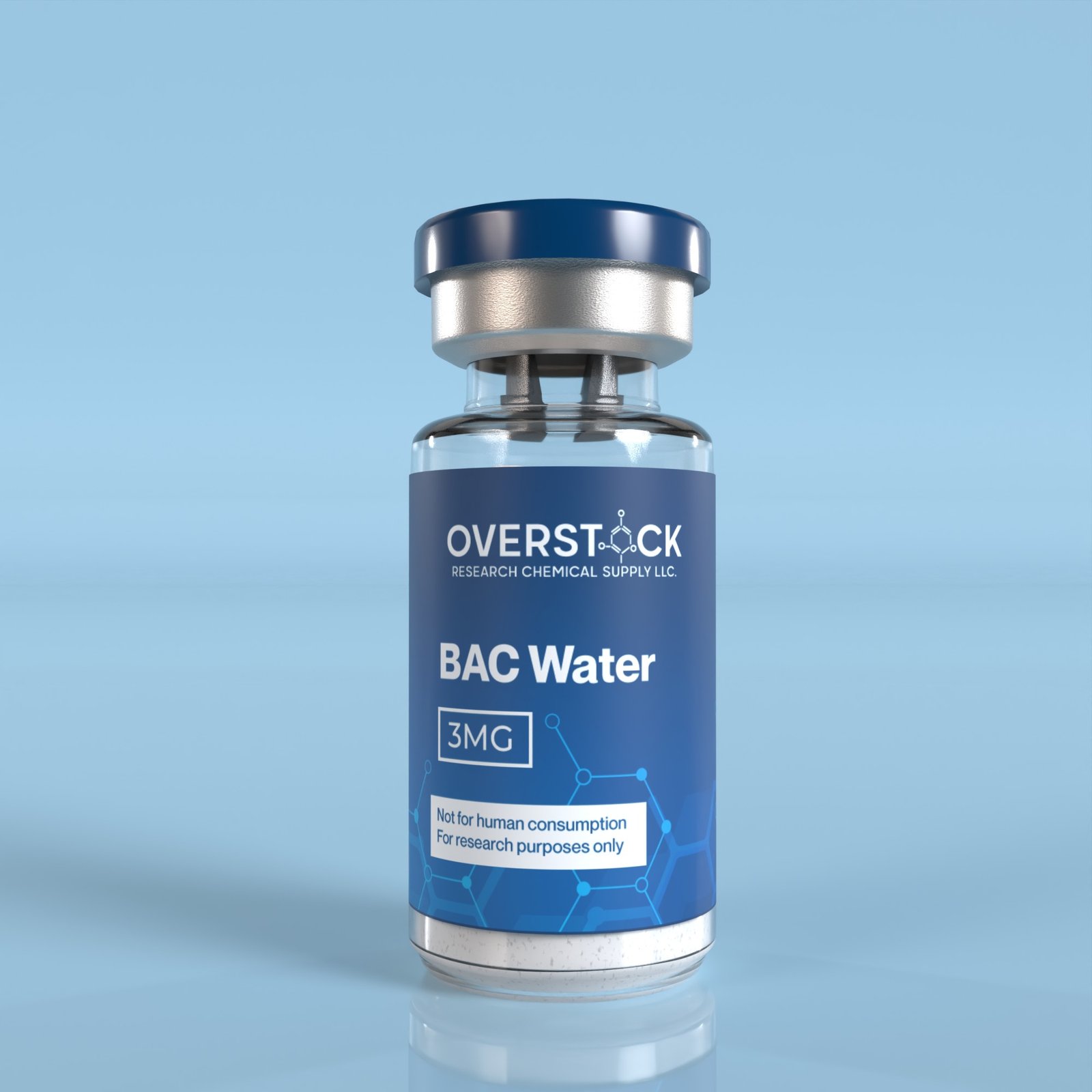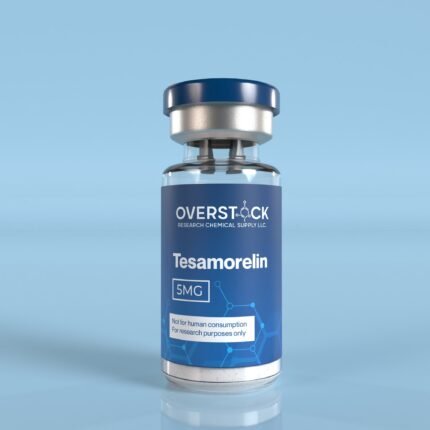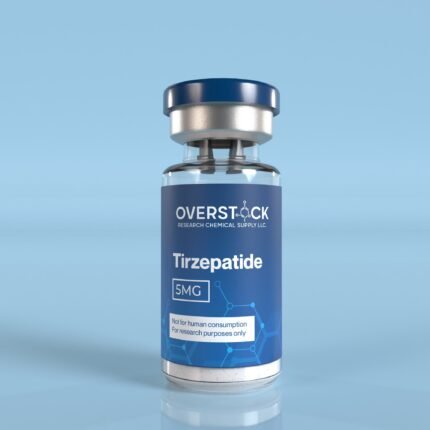BAC Water
$5.00 – $8.00Price range: $5.00 through $8.00
All products are for laboratory research purposes only. Not for human consumption, medical, or veterinary use. Overstock Research Chemical Supply does not condone or support the use of peptides outside of controlled scientific research. By purchasing, you acknowledge that you are a qualified researcher or institution.
What is Bac water?
Bac water short for bacteriostatic water, is a sterile water solution formulated with a preservative—commonly 0.9% benzyl alcohol—to inhibit the growth of bacteria. It is used as a diluent or reconstitution medium for peptides, hormones, and other injectable medications. By preventing microbial contamination over extended periods, Bac water is favored in settings where multi-dose vials are used, enabling safe repeated withdrawals if proper storage conditions are maintained.
Key Characteristics: Sterility and Preservation:
Bac water is prepared under stringent aseptic conditions and includes benzyl alcohol, a bacteriostatic agent, to keep the solution free from bacterial growth once the vial is opened.
Use in Reconstitution: It is widely used in both clinical and research environments to reconstitute lyophilized (freeze-dried) compounds, such as peptides, ensuring that the active ingredient is safely dissolved for injection.
Storage and Handling: While its preservative system extends the usable life of the opened vial compared to sterile water for injection, users are typically advised to follow specific storage guidelines—usually refrigeration—and to use the solution within a recommended timeframe to maintain sterility.
Latest Research and Considerations:
Quality and Stability Studies:
Although Bac water itself is a standard pharmaceutical preparation, research in the field of drug formulation examines how preservatives like benzyl alcohol affect the stability and integrity of reconstituted compounds. Studies have explored the optimal concentrations of benzyl alcohol to ensure both effective microbial inhibition and minimal interference with sensitive peptide structures. These studies have generally found that Bac water reliably preserves a wide range of bioactive molecules when used under correct storage conditions.
Safety Evaluations:
Clinical and pharmaceutical research has assessed the safety of benzyl alcohol-containing diluents. While generally regarded as safe in the small volumes used for injections, research has highlighted that in neonates or individuals sensitive to benzyl alcohol, there are risks of toxicity. As such, regulatory guidelines recommend cautious use in vulnerable populations.
Alternative Formulations:
Research continues into alternative preservatives and solvent systems to optimize the balance between antimicrobial action and compound stability. In some cases, comparisons between Bac water and other diluents (such as sterile water for injection without preservatives) are made to determine the best choice for specific compounds or clinical scenarios.
Impact on Drug Delivery:
While Bac water is primarily a diluent, studies in pharmaceutical sciences consider its role in drug delivery systems. For instance, research on the reconstitution of peptide-based medications has shown that using a properly preserved diluent like Bac water can contribute to maintaining the stability, efficacy, and shelf life of the final injectable formulation.








